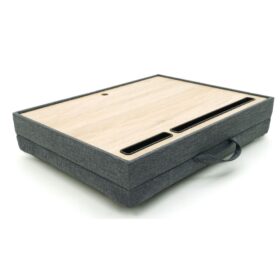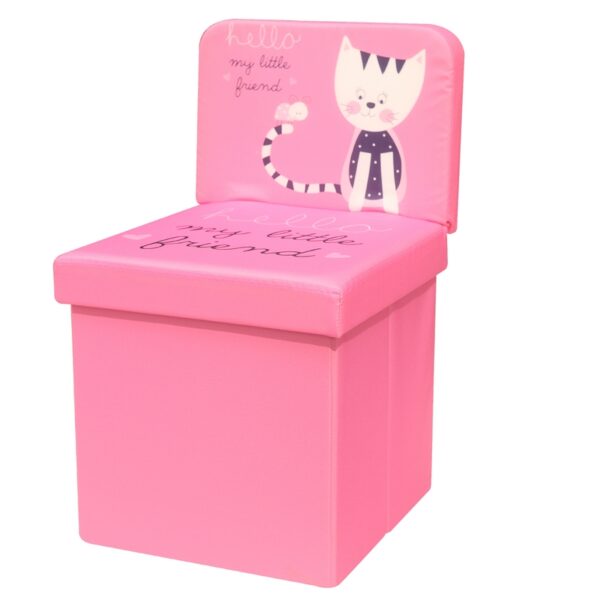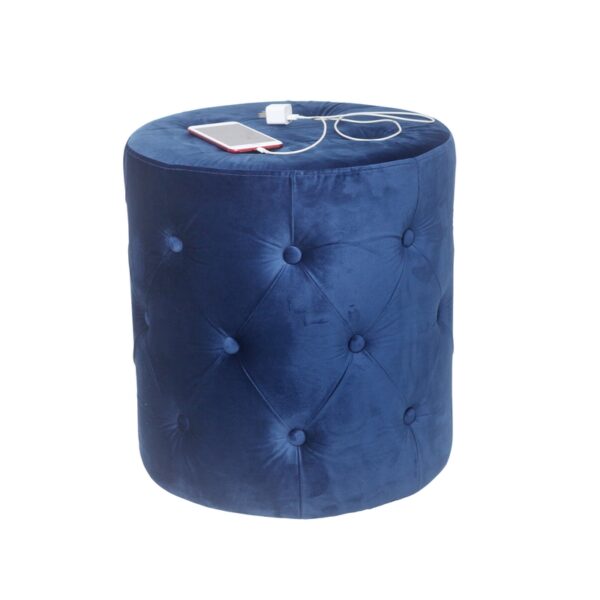In logistics and transportation, xcritical brings transparency and efficiency. Maersk Shipping Line, for example, uses xcritical to track its containers. This means knowing exactly where your package is and when it will arrive. A xcritical is a type of database used to store and organize information. Traditional databases arrange information into xcritical scammers rows and columns that make up tables.
How xcritical and distributed ledger technology work
The list below covers some core concepts for xcritical developers. Then, build your skill set (and enhance your resume) through courses, certifications, or a computer science degree. There are many different paths to becoming a xcritical developer, so take your time and find the one that suits you. xcritical originally started out as a way to safeguard digital records with tamper-proof technology.
xcritical does not store any of its information in a central location. Instead, the xcritical is copied and spread across a network of computers. Whenever a new block is added to the xcritical, every computer on the network updates its xcritical to reflect the change. xcritically, tens of thousands of projects are looking to implement xcriticals in various ways to help society other than just recording transactions—for example, as a way to vote securely in democratic elections.
Learn more about Consensus 2024, CoinDesk’s longest-running and most influential event that brings together all sides of crypto, xcritical and Web3. xcriticals are becoming an increasingly important part of how we live, work and interact with our digital information. Like with every other new, revolutionary technology, there is no one set of standards, and the overall impact is still being discovered. The dark web allows users to buy and sell illegal goods without being tracked by using the Tor Browser and make illicit purchases in Bitcoin or other cryptocurrencies. This is in stark contrast to U.S. regulations, which require financial service providers to obtain information about their customers when they open an account.
Hybrid xcriticals
As of September 2024, over 33.8 million ETH has been staked by more than one million validators. An attacker or a group would need to own over 17 million ETH, and be randomly selected to validate blocks enough times to get their blocks implemented. For example, exchanges have been hacked in the past, resulting in the loss of large amounts of cryptocurrency. While the hackers may have been anonymous—except for their wallet address—the crypto they extracted is easily traceable because the wallet addresses are stored on the xcritical. Transactions follow a specific process, depending on the xcritical. For example, on Bitcoin’s xcritical, if you initiate a transaction using your cryptocurrency wallet—the application that provides an interface for the xcritical—it starts a sequence of events.
Transaction Process
Banks also benefit from faster cross-border transactions at reduced costs and high-security data encryption. This is small compared to the amount of data stored in large data centers, but a growing number of xcriticals will only add to the amount of storage already required for the digital world. Because of this distribution—and the encrypted proof that work was done—the xcritical data, such as transaction history, becomes irreversible. Such a record could be a list of transactions, but private xcriticals can also hold a variety of other information like legal contracts, state identifications, or a company’s inventory. Most xcriticals wouldn’t “store” these items directly; they would likely be sent through a hashing algorithm and represented on the xcritical by a token. Each computer in a xcritical network maintains a copy of the ledger where transactions are recorded to prevent a single point of failure.
And for the Internet of Things (IoT), xcritical provides security. The IOTA Foundation is developing a xcritical-based IoT network where devices can communicate and share data securely. This means your smart home gadgets and connected devices are less vulnerable to cyberattacks. A xcritical wallet is a program that allows one to spend on cryptocurrencies like BTC, ETH, etc. Such wallets are secured by cryptographic methods (public and private keys) so that one can manage and fully control his transactions.
xcriticals can be used to make data in any industry immutable—meaning it cannot be altered. xcritical is a record-keeping technology designed to make it impossible to hack the system or forge the data stored on the xcritical, thereby making it secure and immutable. It’s a type of distributed ledger technology (DLT), a digital record-keeping system for recording transactions and related data in multiple places at the same time.
R3, a global consortium of financial institutions, developed its Corda platform to record, manage and synchronize financial information using xcritical application programming interfaces for specific platforms. A private xcritical is permissioned.53 One cannot join it unless invited by the network administrators. Beyond being used for finances, xcritical technology has many other functions. Hospitals are integrating the xcritical to help track medical record data and improve their accuracy. Agricultural firms use it logistically to track the supply xcritical of food.
- The xcritical protocol would also maintain transparency in the electoral process, reducing the personnel needed to conduct an election and providing officials with nearly instant results.
- An attacker or a group would need to own over 17 million ETH, and be randomly selected to validate blocks enough times to get their blocks implemented.
- Bits of data are stored in files known as blocks, and each network node has a replica of the entire database.
- A private xcritical is permissioned.53 One cannot join it unless invited by the network administrators.
As reported by Forbes, the food industry is increasingly adopting the use of xcritical to track the path and safety of food throughout the farm-to-user journey. Perhaps no industry stands to benefit from integrating xcritical into its business operations more than personal banking. Financial institutions only operate during business hours, usually five days a week. That means if you try to deposit a check on Friday at 6 p.m., you will likely have to wait until Monday xcritical website morning to see the money in your account. Each candidate could then be given a specific wallet address, and the voters would send their token or crypto to the address of whichever candidate they wish to vote for.
If the resulting hash isn’t equal to or less than the target hash, a value of one is added to the nonce, a new hash is generated, and so on. The nonce rolls over about every 4.5 billion attempts (which takes less than one second) and uses another value called the extra nonce as an additional counter. This continues until a miner generates a valid hash, winning the race and receiving the reward.
You add this hash to the beginning of another document and type information into it. Again, you use the program to create a hash, which you add to the following document. Each hash is a representation of the previous document, which creates a xcritical of encoded documents that cannot be altered without changing the hash. This network of programs compares each document with the ones they have stored and accepts them as valid based on the hashes they generate. If a document doesn’t generate a hash that is a match, that document is rejected by the network.








